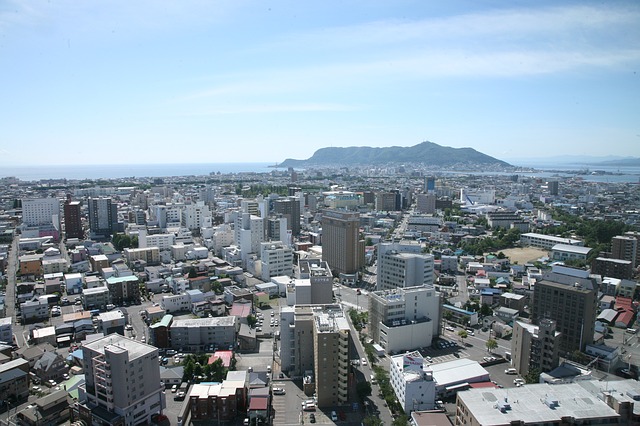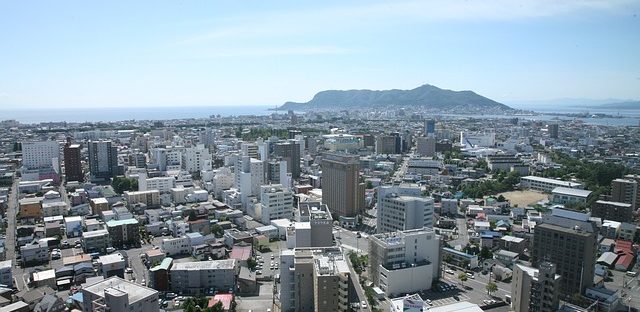- Target: 100% energy self-sufficiency by 2050.
- Status: In progress
- RES: Wind and biomass energy.
- Implementation: Hokkaido is the second largest of the four main Japanese islands, and the largest of its 47 prefectures. Hokkaido is recognised as having great potential for renewable energies, notably wind energy and biomass. Its economy is based on agriculture and the timber industry (22% of Japan's forests is located on the island). According to a 2011 study by the Japanese Ministry of Environment, the island has the potential to generate a quarter of the whole country’s renewable energy production, with half of it from onshore and a quarter of it from offshore wind power generation. Several pioneer projects have already implemented on the island since 2001. Among those facilities are the first community-based wind power installation in Japan. Indeed Hokkaido's efforts began on March 11th, 2011 when the Fukushima Daiichi nuclear disaster strengthened the will of Hokkaido’s citizens to transition to a non-nuclear society. It triggered the creation of the Hokkaido Energy Transition 100 Project, a project which quickly released a step-by-step roadmap to 100% renewable energies for electricity production on the island through energy efficiency and community based production of energy. In 2010, Hokkaido Island still relied mainly on nuclear power (43,8%), and thermal power (33,8%). The share of renewable was of 22,9%, where hydro power constituted 22,1%. The Hokkaido roadmap would diversify the renewable energy sources of the island with solar, biomass, geothermal and especially wind power generation. The roadmap would also outline short, mid and long term objectives to reach for energy efficiency: 17% of savings on 2010 basis in 2020, 29% in 2030 and finally, 60% in 2050. To achieve steady implementation, the Plan is promoting the sharing of best practices between inhabitants of the island. Since the beginning of the project, citizens and private businesses have been supporting the project, including the Hokkaido University Sustainable Low-Carbon Society Project. In May 2014, the “Hokkaido Energy Change 100 Network” was founded with the aim of continuing the steerage of activities towards the 100% target.
- Population: 5,377,435 (2016)
- Area: 83,453.57 km2 (32,221.60 sq mi)
- Link: https://www.japantimes.co.jp/news/2017/10/14/business/balance-power-shift-toward-renewable-energy-appears-picking-steam/#.XGQGSy3MyIY

